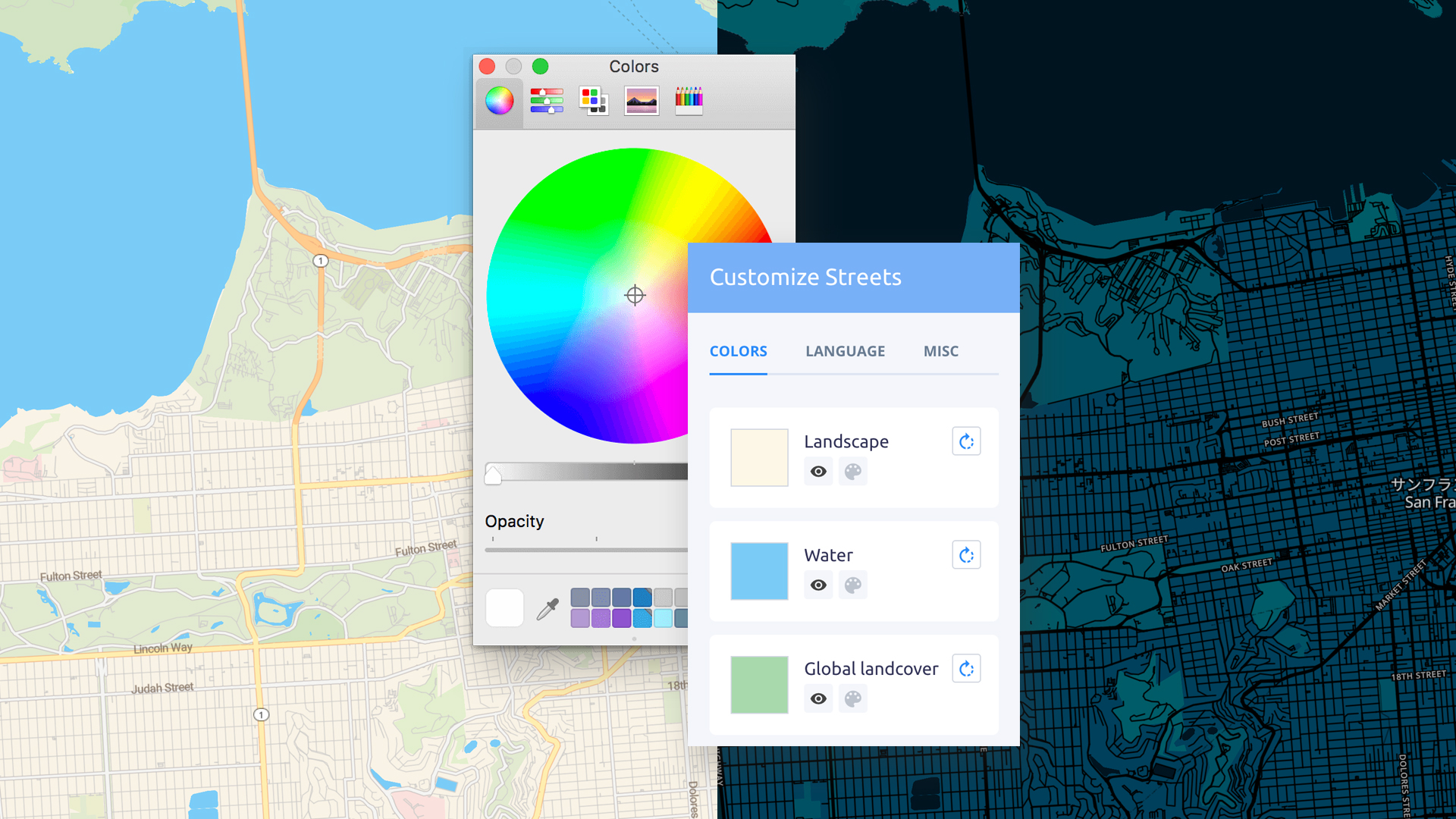Forecasting Sales for a Startup

Whether you are in the process of preparing your business plan or preparing for the new financial year’s budget, you will most likely be estimating your future sales figure at some point.
The estimated sales figure will help you measure growth and performance over the next year and determine the direction of the startup.
However, for a new startup, there may be no historical financial data to build upon and so estimating future sales using past trends may be a challenge. As a start you can use the following steps:
Determine your direct and indirect costs
The first step to estimating the required level of sales is determining your break-even point. This means you need to know how much expenses you will incur during the year and therefore how much you need to cover that cost.
You will need to consider all your direct expenses such as inventory, labor, and marketing as well as the indirect expenses including rent, general expenses, and administrative costs. Once you have measured your total cost for the year then that will be your break-even point i.e. the minimum amount of sales you need to generate to cover all your costs for the year.
Determine your estimated profit margin
The profit margin is the amount by which your sales will exceed your cost every year. In order for you to accurately estimate it, you will need to research your market and look at the industry average. Make sure you use the relevant industry for your startup and compare it to the local market size.
Determine the required return on investment
It is very difficult to determine the time it takes a startup to break-even but the most convenient way is to assume two to three years. This means that your profit margin will not realistically be achieved before year four or so and hence a second metric may be needed to help determine the estimated sales amount.
This would be your desired average return on investment (ROI) which generally estimates the average return that will cover your initial investment after five years. Use that to determine the minimum amount you need to generate in terms of sales and therefore how much to target.
The above will give you a general idea of the amount you will need to generate annually in terms of sales. Take into consideration the competition and market conditions which may mean you invest more in marketing activities such as promotional campaigns and providing customer discounts. All of these will impact the level of sales of your forecast.
Layla Alqassab
Head of Finance, Benefit Bahrain













